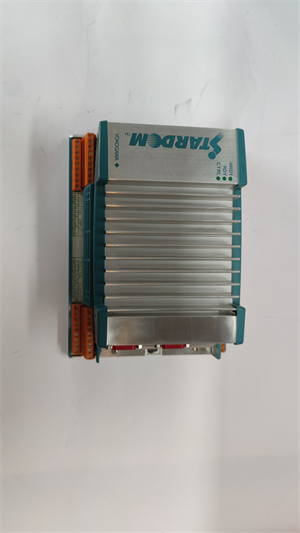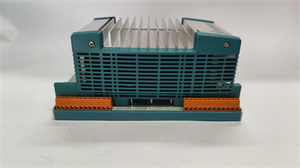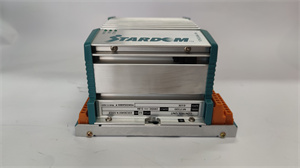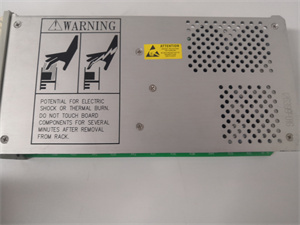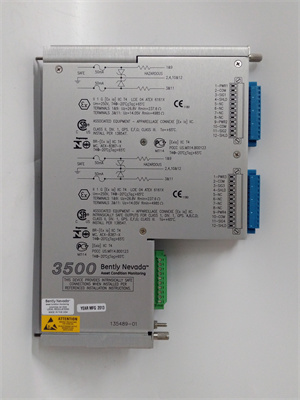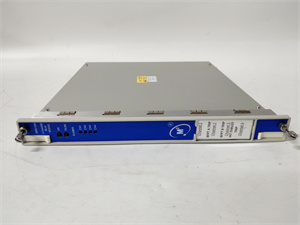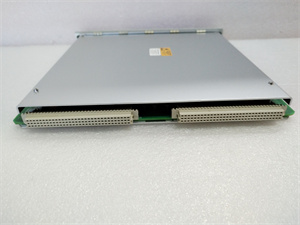Description
YOKOGAWA NFJT100-S10E FCJ Autonomous Controller
The YOKOGAWA NFJT100-S10E is a high-performance, low-power PLC/RTU designed for autonomous control in industrial applications. As part of the STARDOM FCN series, the NFJT100-S10E combines reliability, flexibility, and advanced connectivity to enable efficient monitoring and control in challenging environments. This module is ideal for remote locations, offering robust performance in extreme temperatures and voltage fluctuations while supporting multiple communication protocols.
1. Product Description
The YOKOGAWA NFJT100-S10E serves as a modular PLC/RTU with built-in I/O interfaces (6 AI, 2 AO, 16 DI, 16 DO), making it suitable for diverse industrial automation tasks. Its core features include a wide power supply range (10–30 V DC), low power consumption (1.6–2.9 W), and extended operating temperature (-40°C to 70°C), ensuring operation in harsh conditions. The controller supports Ethernet, RS-232, and RS-422/485 interfaces, enabling seamless integration with field devices and higher-level systems. Redundancy options (CPU, power, and network) enhance reliability for critical applications. The NFJT100-S10E also supports IEC 61131-3 programming languages and InfoWell for remote monitoring via email or web browsers.
2. Product Parameters
| Parameter | Specification |
|---|---|
| Model | NFJT100-S10E |
| Power Supply | 10–30 V DC (±10%) |
| Current Dissipation | 800 mA |
| Voltage Range | 10–30 V DC |
| Operating Temperature | -40°C to 70°C (dependent on I/O modules) |
| I/O Channels | 6 AI (4–20 mA), 2 AO (4–20 mA), 16 DI/16 DO |
| Communication Interfaces | 1x Ethernet, 3x RS-232, 1x RS-422/485 |
| Dimensions (W×H×D) | 213.8 × 156 × 95 mm |
| Weight | 1.7 kg |
| Mounting | Panel or DIN rail |

NFJT100-S10E
3. Advantages and Features
- Low Power & Wide Temperature Range: Operates in remote areas with limited energy (1.6–2.9 W) and extreme climates (-40°C to 70°C).
- High Reliability: Redundant CPU, power, and network options; ECC memory for error correction; fanless design for durable operation.
- Flexible Connectivity: Supports multiple protocols (Ethernet, RS-232/485) and fieldbus integration (optional).
- Modular Design: Hot-swappable I/O modules for easy expansion; terminal blocks or MIL connector cables for field device wiring.
- Advanced Diagnostics: Real-time monitoring of CPU temperature, memory, and I/O status for proactive maintenance.
4. Application Areas and Cases
- Industries: Oil & gas, water treatment, manufacturing, and remote infrastructure.
- Use Cases:
- Remote Monitoring in Oil Fields: The NFJT100-S10E monitors pipeline pressure and flow in off-grid locations, using low power and wide temperature tolerance to sustain 24/7 operations.
- Water Treatment Plants: Controls pumps and valves in harsh environments, ensuring consistent performance with redundant systems.
5. Competitor Comparison
Compared to similar PLC/RTUs, the NFJT100-S10E stands out with:
- Lower Power Consumption: 30% less power than legacy models, ideal for solar-powered remote sites.
- Extended Temperature Range: Supports -40°C to 70°C, surpassing standard industrial limits (0°C to 50°C).
- Redundancy Flexibility: Optional dual redundancy for CPU, power, and networks, reducing downtime risks.
NFJT100-S10E
6. Selection Recommendations
- Compatibility: Ensure I/O module compatibility with field devices (e.g., 2-wire/4-wire transmitters).
- Environment: Choose models with explosion protection (suffix “E”) for hazardous areas.
- Scalability: Plan for future expansion using modular I/O blocks and redundant configurations.
- Budget: Balance features (e.g., redundancy, fieldbus) against project requirements.
7. Precautions
-
Wiring: Separate power, signal, and analog lines; use shielded twisted pairs for noise reduction.
-
Grounding: Ensure proper grounding of shielded cables and terminal blocks.
-
Maintenance: Regularly inspect module status via built-in diagnostics; schedule firmware updates.
-
Installation: Follow hot-swap procedures for module replacement; avoid physical shocks.

